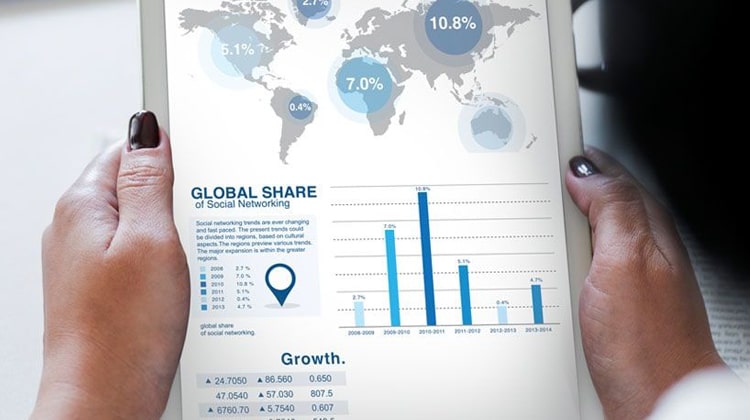Step-Up Credit Card – An Overview
A Step-Up Credit Card is designed to help individuals build or improve their credit score. This card starts with a lower credit limit that gradually increases over time with responsible usage, making it an ideal choice for those who are new to credit or want to improve their financial standing.
Credit Building: By using the card responsibly, you can improve your credit score over time, enabling you to access higher credit limits and better financial products.
Access to Benefits: Even with a lower initial credit limit, Step-Up Credit Cards offer benefits like cashback, rewards points, and discounts on various purchases.
Gradual Credit Limit Increase: As you maintain a good payment history, the credit limit on your card increases automatically, giving you more purchasing power and flexibility.
Documents Required for Step-Up Credit Card
The following documents are generally required for applying for a Step-Up Credit Card:
PAN Card
Address Proof (Aadhar Card, Passport, Utility Bill)
Income Proof (Salary Slips, Bank Statements, Tax Returns)
Identity Proof (Aadhar, Voter ID, Passport)
Passport Size Photograph
Step-Up Credit Card Timeline
The approval process for a Step-Up Credit Card usually takes 7 to 10 working days from the submission of all documents. The card is generally delivered within 15 days of approval.
Frequently Asked Questions
- What is a Step-Up Credit Card?
- Who is Eligible for a Step-Up Credit Card?
- How Does the Credit Limit Increase?







